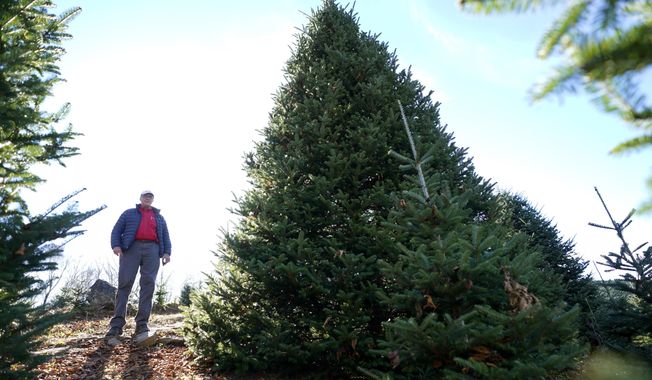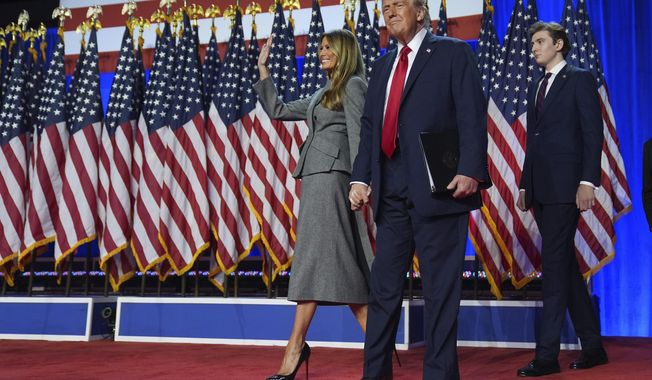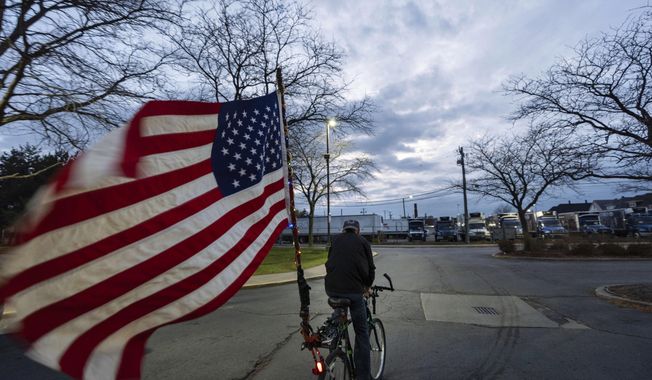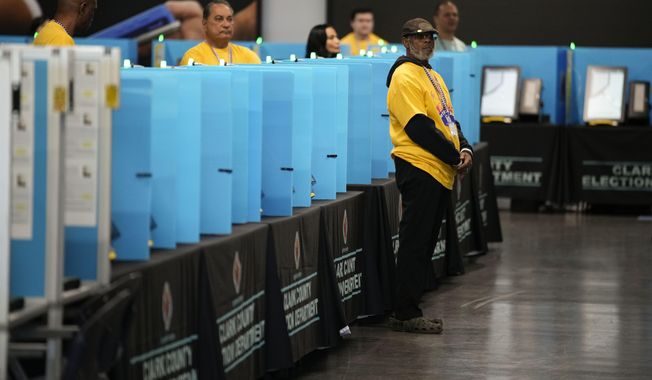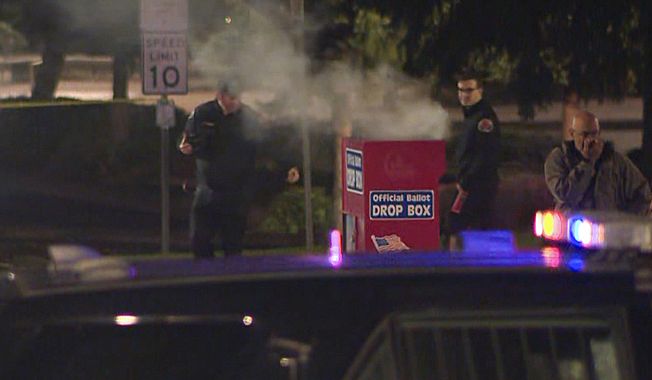
Emissions from a coal-fired power plant are silhouetted against the setting sun in Kansas City, Mo., on Feb. 1, 2021. The Supreme Court on Thursday, June 30, 2022, limited how the nation’s main anti-air pollution law can be used to reduce carbon dioxide emissions from power plants. By a 6-3 vote, with conservatives in the majority, the court said that the Clean Air Act does not give the Environmental Protection Agency broad authority to regulate greenhouse gas emissions from power plants that contribute to global warming. (AP Photo/Charlie Riedel) **FILE**
Featured Photo Galleries

